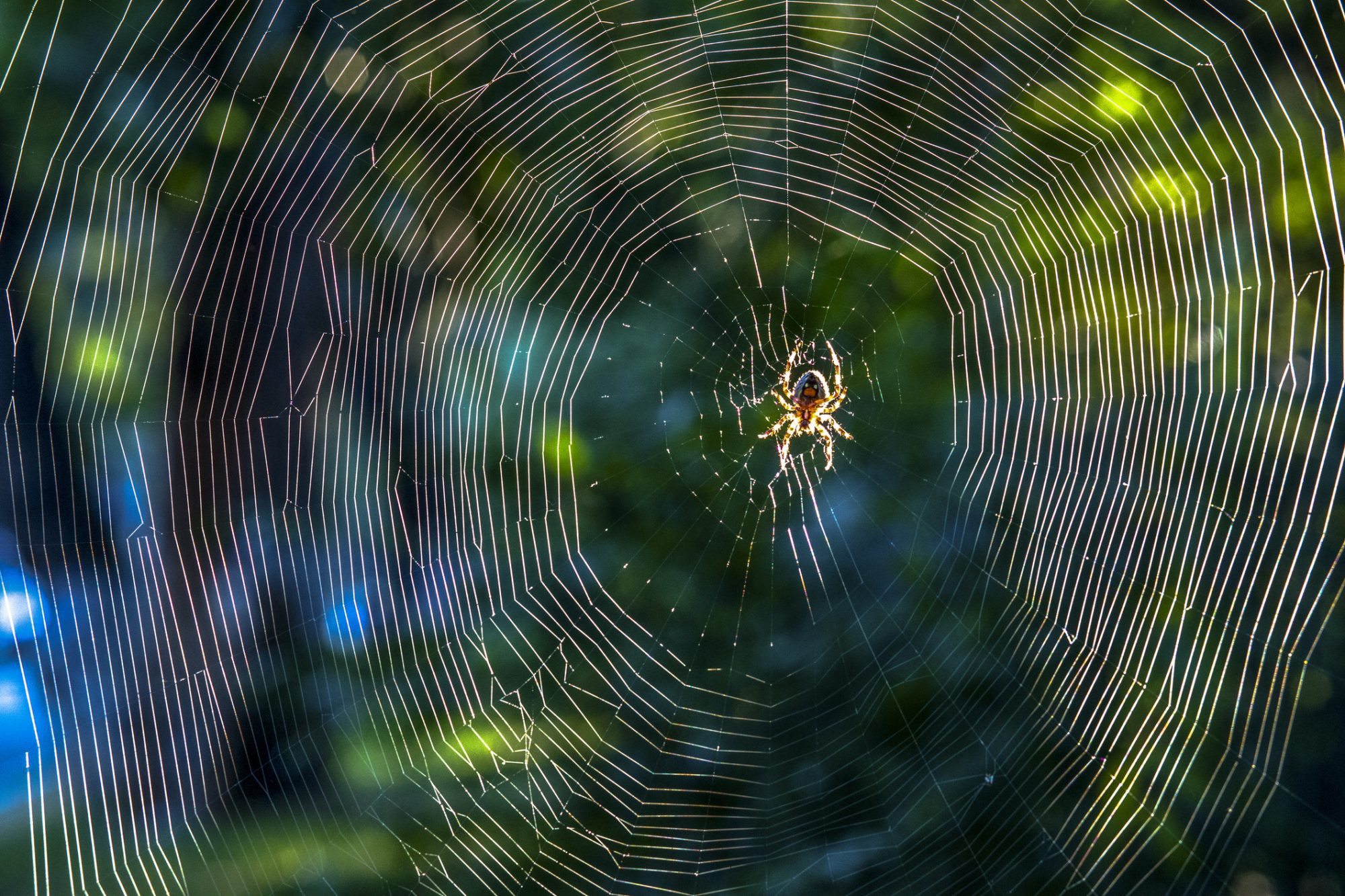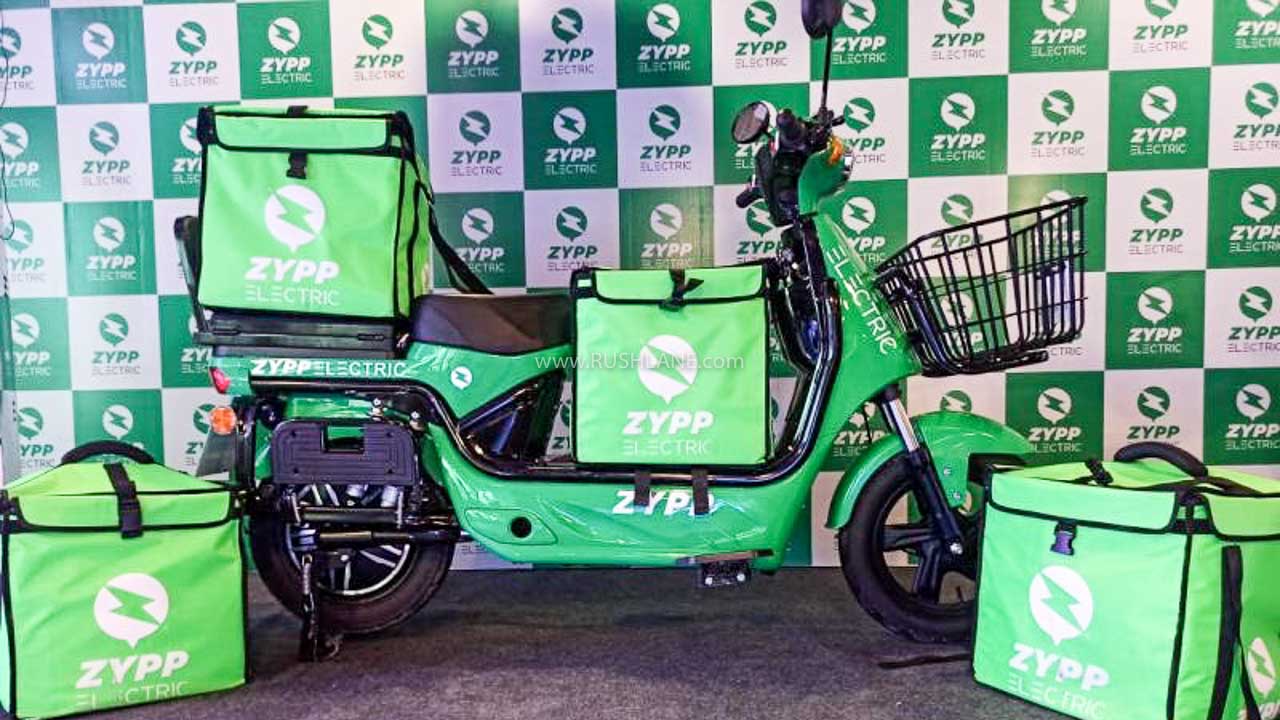Table of Contents
In a world where superheroes swing among skyscrapers using nothing but spider silk, the reality might seem like something out of a fantasy novel. But there’s no magic here—just the incredible strength of spider silk. Imagine a material that’s one-sixth the density of steel yet five times stronger. That’s the power of spider silk, and it’s not just for superheroes.
The Marvel of Spider Silk
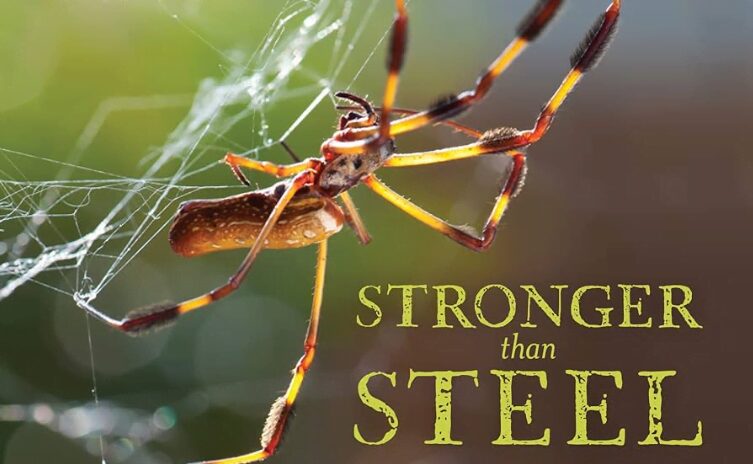
Spider silk is more than just ultra-strong; it’s incredibly comfortable to wear. This low-density fiber boasts toughness that rivals modern synthetic polymers, with some species’ silk being up to ten times stronger than Kevlar—the material used in bulletproof vests. Move over, Man of Steel!
However, before you consider recruiting spiders for a silk factory venture, there’s a crucial caveat. Spiders aren’t exactly sociable creatures. In close quarters, they tend to resort to cannibalism, which doesn’t bode well for a silk production team.
But fear not! Scientists have devised a brilliant solution to this challenge.
Genetic Engineering Comes to the Rescue
Using cutting-edge CRISPR-Cas9 gene-editing technology, researchers tweaked the DNA of silkworms. The goal? To make their silk-producing glands generate spider silk, complete with a natural protective layer that shields it from humidity and sunlight.
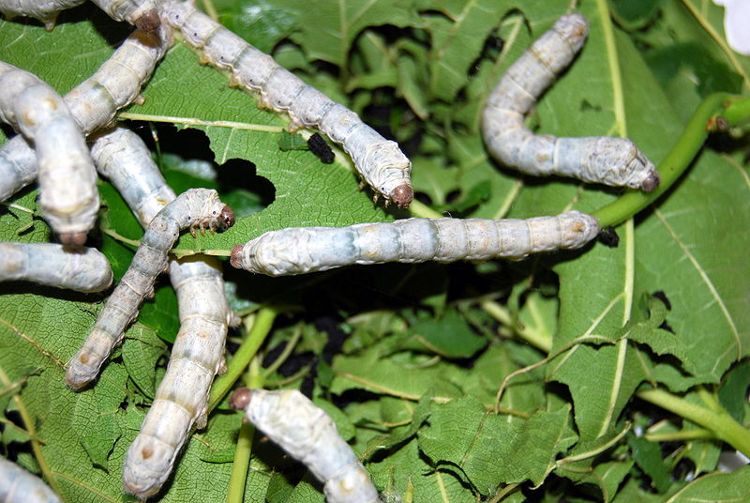
The experiment was a resounding success, resulting in silkworm-originated spider silk-like fibres that were a remarkable six times tougher than Kevlar. Even better, scientists believe that large-scale production is on the horizon.
According to study author Junpeg Mi, “Silkworm silk is presently the only animal silk fibre commercialized on a large scale, with well-established rearing techniques. Consequently, employing genetically modified silkworms to produce spider silk fiber enables low-cost, large-scale commercialization.”
A Cleaner, Greener Fiber
One of the most significant advantages of spider-worm silk is its environmental impact. Synthetic fibers dominate global fiber production, contributing to over 60% of all fibers worldwide. Even worse, an estimated 35% of microplastics in the oceans originate from synthetic materials. Their production is a dirty process, reliant on fossil fuels that emit copious amounts of greenhouse gases.

Spider-worm silk, on the other hand, has the potential to clean up this mess. As a natural protein fiber, it leaves a minimal environmental footprint. It’s not just about creating more comfortable and sustainable garments; it’s about a cleaner planet.
Beyond Fashion: A World of Possibilities
The unique properties of spider-worm silk extend beyond fashion. This remarkable material finds applications in various niche industries, including:
1. Military
Spider-worm silk’s exceptional strength and durability make it an ideal candidate for military gear, such as body armour and parachute materials.
2. Aerospace Technology
In aerospace, lightweight yet robust materials are a necessity. Spider-worm silk’s properties could revolutionize this industry, enhancing the performance of aircraft and spacecraft.
3. Smart Materials
The adaptability of spider-worm silk makes it suitable for smart materials, such as sensors and wearable technology.
4. Biomedical Engineering
Its biocompatibility and strength open doors in the field of biomedical engineering, from sutures to tissue engineering scaffolds.
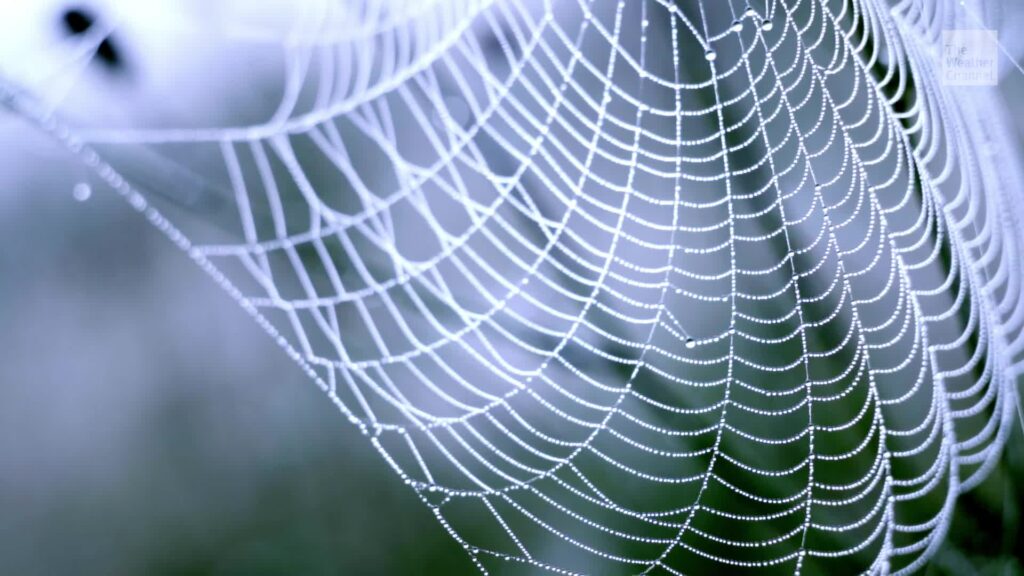
Spider-worm silk, created through genetic engineering, stands as a powerful solution to our sustainable fiber problem. It combines the strength of spider silk with the convenience of silkworms, all while reducing our environmental footprint. From fashion to military applications and beyond, this remarkable material promises a cleaner, greener, and more resilient future.
Spider-worm silk is produced by genetically modifying silkworms to produce spider silk in their silk-producing glands.
Spider-worm silk is a natural protein fiber, leaving a minimal environmental footprint compared to synthetic fibres.
Spider-worm silk can be used in various industries, including military, aerospace technology, smart materials, and biomedical engineering.
Spider-worm silk is exceptionally strong, with some variations being up to ten times stronger than Kevlar, a material used in bulletproof vests.
Yes, scientists believe that large-scale production of spider-worm silk is achievable, thanks to genetic engineering techniques.


